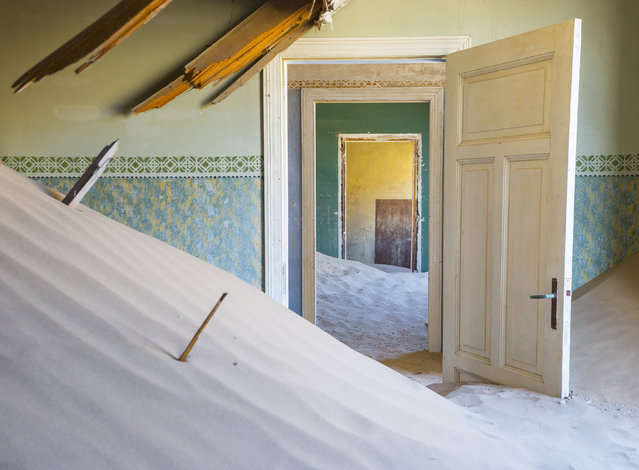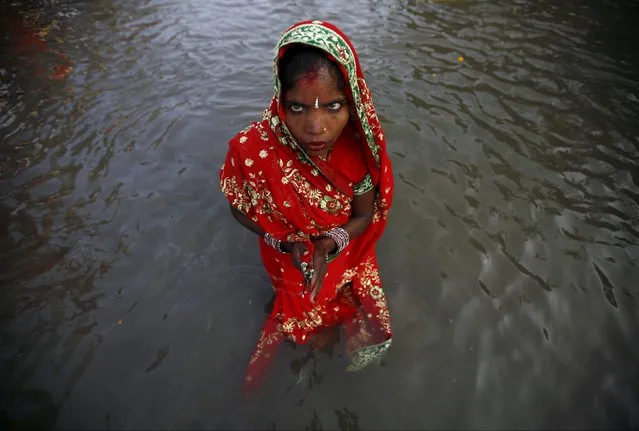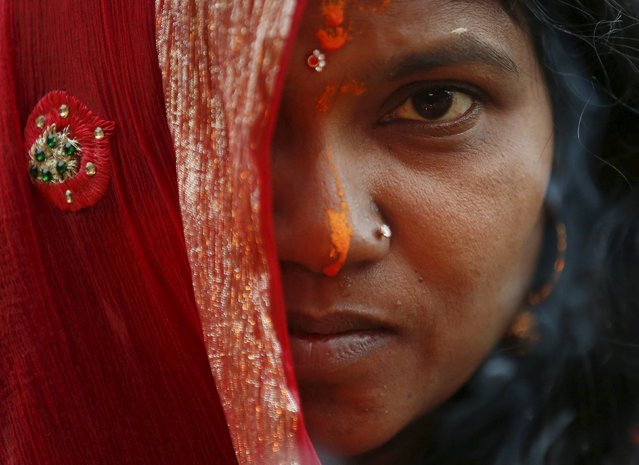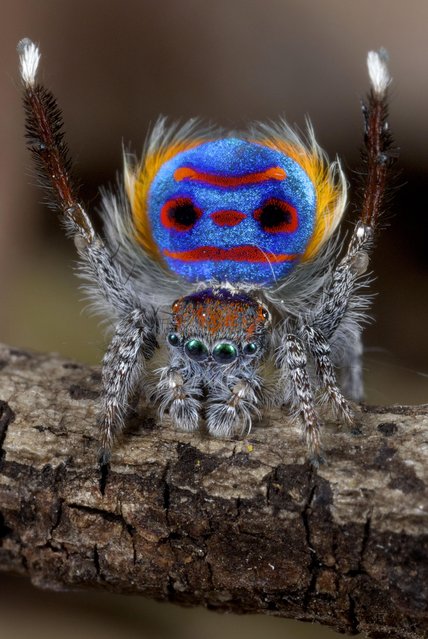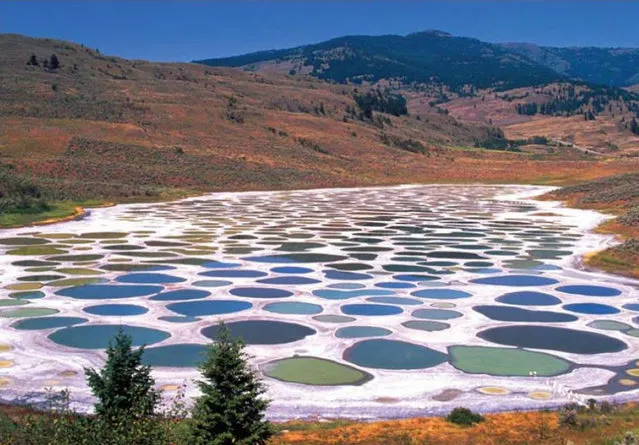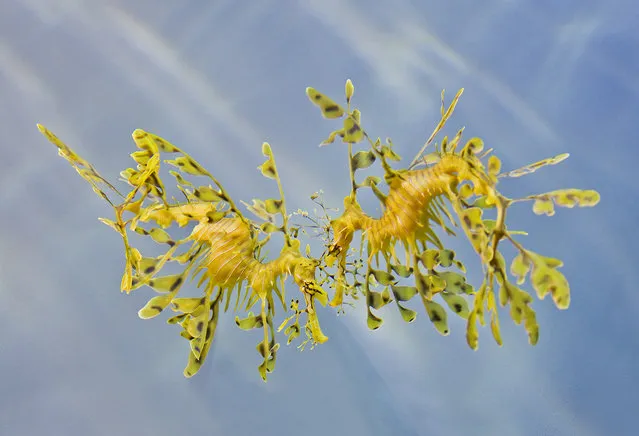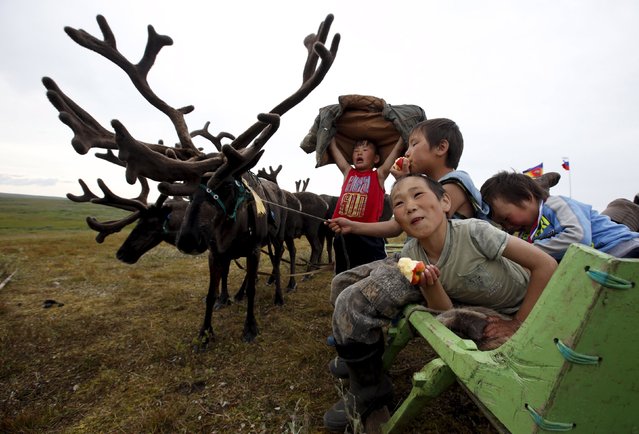
Children of local herders gather at a reindeer camping ground, some 200 km (124 miles) northeast of Naryan-Mar, the administrative centre of Nenets Autonomous Area, far northern Russia, August 2, 2015. People, including local herders and members of their families, gathered at the site to mark Reindeer Day, a professional holiday of reindeer breeding workers, which is celebrated annually on August 2 in the region. (Photo by Sergei Karpukhin/Reuters)
04 Aug 2015 12:29:00,post received
0 comments

